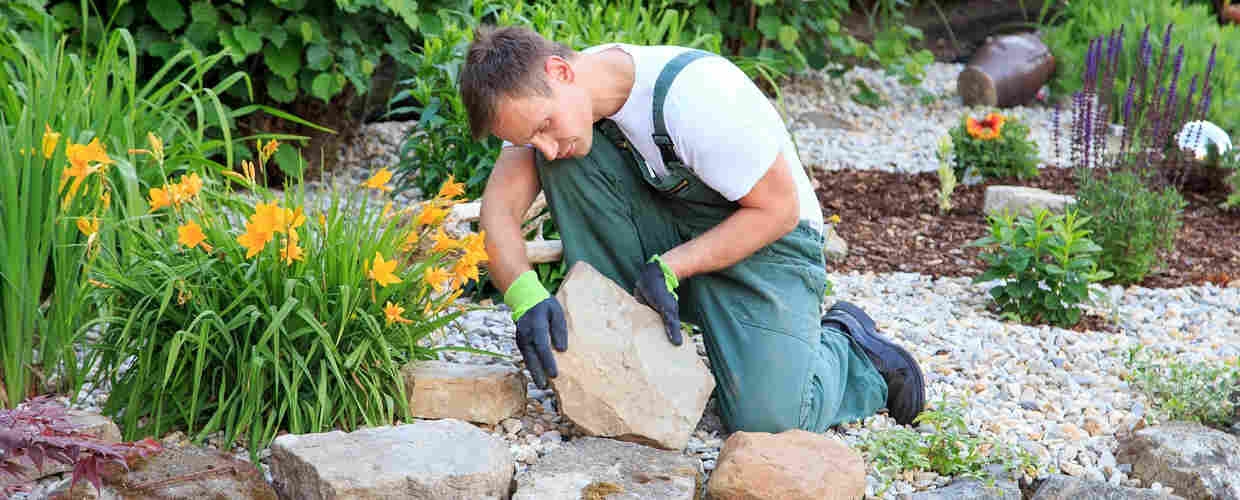
Whether you hire landscaping experts or you’ve decided to go on this journey on your own, there’s much to learn. Of course, you pick up a few tips and tricks by watching online videos and talking to garden store workers, but some things don’t become apparent until you actually get stuck in and get the landscaping process underway.
If your new adventure is about to kick off, the following tips may help make sure it goes as smoothly as possible.
Don’t Waste Money on Weed Mat
Most people joke about how hard it can be to grow plants, but how easy it is to grow weeds. Weeds can grow in the strangest of places, so there’s truth in saying that there is no point in purchasing weed mats for planted areas.
While it looks great initially, the layers of soil and mulch on top of that weed mat are what ends up growing weeds. Save that weed mat for walkways to stop gravel, mulch, and other landscaping materials from sinking into the ground.
Don’t Skimp on Garden Tools
One of the many reasons people hire landscaping teams is that they don’t have the right tools for the job. Who needs thousands of dollars of tools for something you’ll do just once? It makes economic sense to outsource your landscaping.
Although, if you do decide to undertake landscaping on your own, make sure you pay attention to tool quality. Entry-level tools are okay for the occasional weeding exercise but may not last the distance for those extensive new landscaping jobs. It can be worth spending close to top-dollar for tools that serve you well for years to come.
Consider Natural Edging
There is an abundance of edging products on the market to keep your pathways and gardens separate. While they do look aesthetically pleasing, there is undoubtedly value in opting for a more ‘natural’ edge.
You have more flexibility by allowing your plants to edge your pathways rather than plastic, wood, or metal edging. You can also change your landscaping design much easier at a later date while also making pathway maintenance much more manageable.
Make a Plan
An old adage can ring true: fail to plan and plan to fail. A plan can be crucial for those extensive landscaping projects that may take place in stages to ensure you keep to a budget. Having a plan can also mean you have a more cohesive final result.
If you sketch out your entire plan on paper, you can highlight the areas you’ve completed, plan your costings, and mark out the next areas to focus on.
Don’t Rely on Guesswork
Knowing how much soil, bark, gravel, and other landscaping products you require can be challenging. However, choosing between making maths calculations and making several trips to a landscaping supplies store can be a no-brainer.
There are plenty of online calculators you can use to make sure you get the right amount for your needs. Doing this small amount of work can save you a lot of frustration in the long run.
Landscaping is a significant undertaking for even the most experienced gardener. This is why so many people decide to hire landscaping teams. However, if you’re intent on tackling it yourself, any of these essential tips above may save you a lot of stress.






